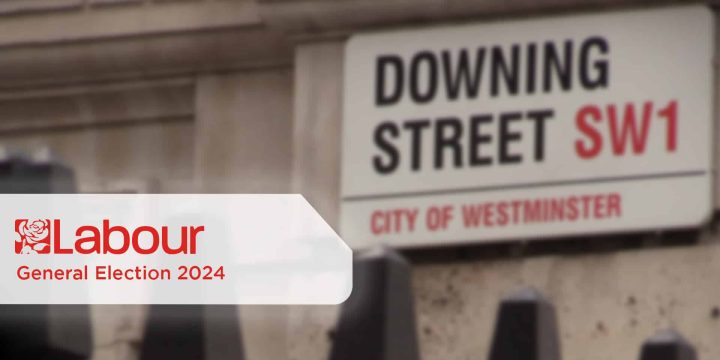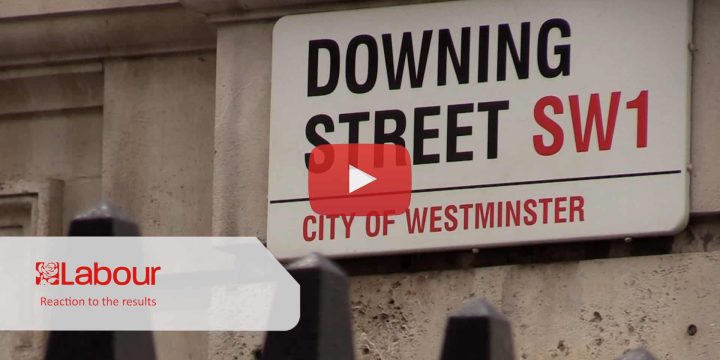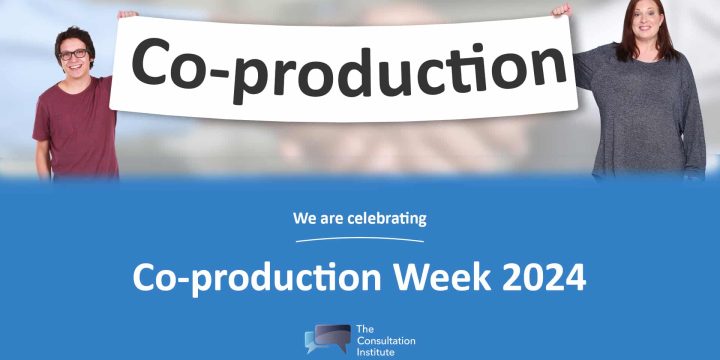News & Insights
Airspace legal challenge strengthens CAA’s hand as airports move towards public consultations
Against a background of Heathrow’s third Runway proposal, climate change activists flexing their muscles and an intensifying debate about the future of the aviation industry, the Civil Aviation Authority (CAA) website will probably host a range of local and regional consultations about the modernising of airspaces around the UK’s busier Airports.
(To declare an interest, the Institute has undertaken Quality Assurance for Edinburgh Airport and is currently advising several others as they prepare to consult local communities over potentially changing flight paths)
It will therefore welcome a High Court judgment this summer in the case of
R (ex parte Lasham Gliding Society) v Civil Aviation Authority [2019] EWHC 2118
The contested airspace in this case differs from those that may feature in controversies to come, and centred around the Regulator’s decision to extend the area of ‘controlled’ airspace in the Farnborough area, and to the perceived detriment of the Gliding Club’s interests. The Club sought to claim that this amounted to irrationality – a contention clearly rejected by the Court. There was no suggestion that consultation had been inadequate, but a few features of this will be of interest to those contemplating the kind of public engagement likely as Airports develop and consult on proposals for airspace changes.
- Stakeholders are often tempted to probe and seek flaws in a Regulator’s process. In this case, the Gliding Society disagreed with the conclusions of an exercise undertaken by Farnborough Airport – who were ‘sponsoring’ the airspace change application. The Airport had sought to predict the number of aircraft which would fly through a particular ‘bottleneck’ – and the Gliding Society thought they had seriously underestimated the number and the consequent risk to safety. The Judge however ruled that “it is not for the Court to decide between competing tenable opinions”, and was keen to “to avoid the danger of substituting its views for that of the decision-maker.” This suggests that future claimants in judicial reviews will not get far if they base their case on a rival set of traffic projections or a critique of a forecasting methodology.
- The claimants in this case complained that the CAA had not undertaken its own investigations, but the Court supported the established position that the role of the Regulator was to assess and to decide upon the merits of the proposals as submitted by an aircraft change sponsor. It was not to invent outcomes itself. Again, campaigners advocating alternative solutions will not be able to rely upon the CAA substituting a more palatable outcome in place of an Airport’s application for airspace change. Communities with strong views will simply have to use the prescribed consultation period to advance their case, and if they can persuade an Airport to meet their concerns by adapting their proposals, they will not need to go to Court in the vain hope that a Judge might intervene and tell the CAA to do something different.
- A somewhat half-hearted claim advanced by the Gliding Club was that there was no evidence that the CAA had taken sufficient account of the damaging impact on their practical and financial operations. Because the Court rejected the Club’s assertion that safety would be compromised it refused to consider predictions of problems that only arose if the Club’s forebodings proved correct. Nevertheless, those concerns, as expressed in the Club’s response to the consultation had to be taken seriously and, on this occasion, this was done satisfactorily.
It will need to do it a lot more. As large Airports serving our big conurbations start to consult on potential changes to flight paths, there will be thousands of submissions from individuals and organisations, many of which will be anxious to spell out the unpleasant impact upon them if there may be less peace and tranquillity and more pollution in the skies above them. What the Gliding Club case implies is that the CAA should have few fears that Courts will second guess their technical methods and findings. But for the process as a whole to work well, they might certainly need to focus the minds of all Airport change-sponsors on the need to respond swiftly and effectively to consultee views.
Strangely, the Gunning Principles were not mentioned in this case. Both sides apparently agreed that the consultation of itself was satisfactory. But in many ways, the Gliding Club’s case was a claim that the Airport had not given its consultation response ‘conscientious consideration’ – the Fourth Gunning rule. Now whether this means that the case should have been brought against Farnborough Airport for neglecting to take account of the Gliding Club’s view in its submission to the CAA or against the CAA itself for its final decision is a likely legal point of debate.
I have a feeling it might fall to be decided in a Judicial Review sometime in the coming years.



